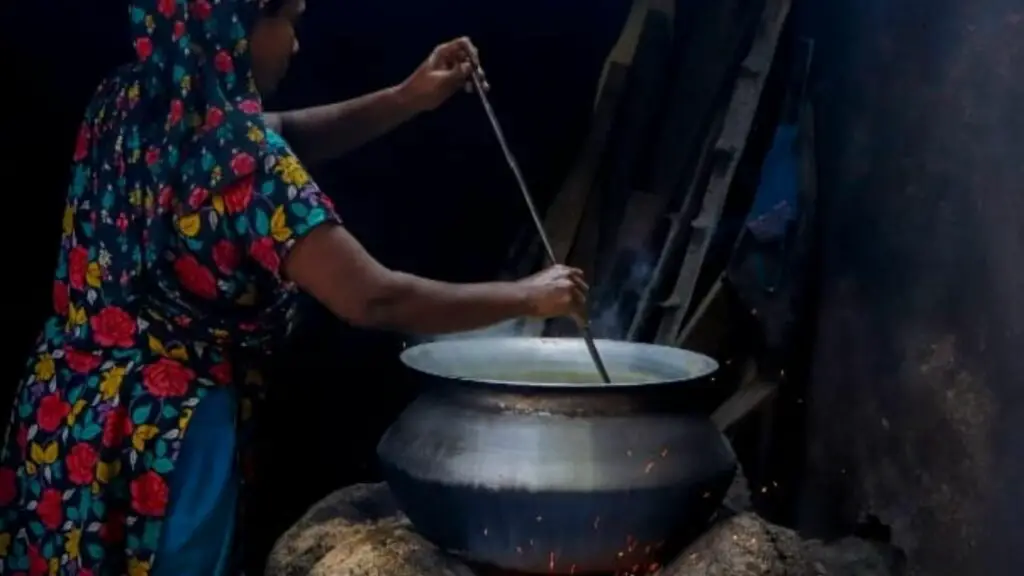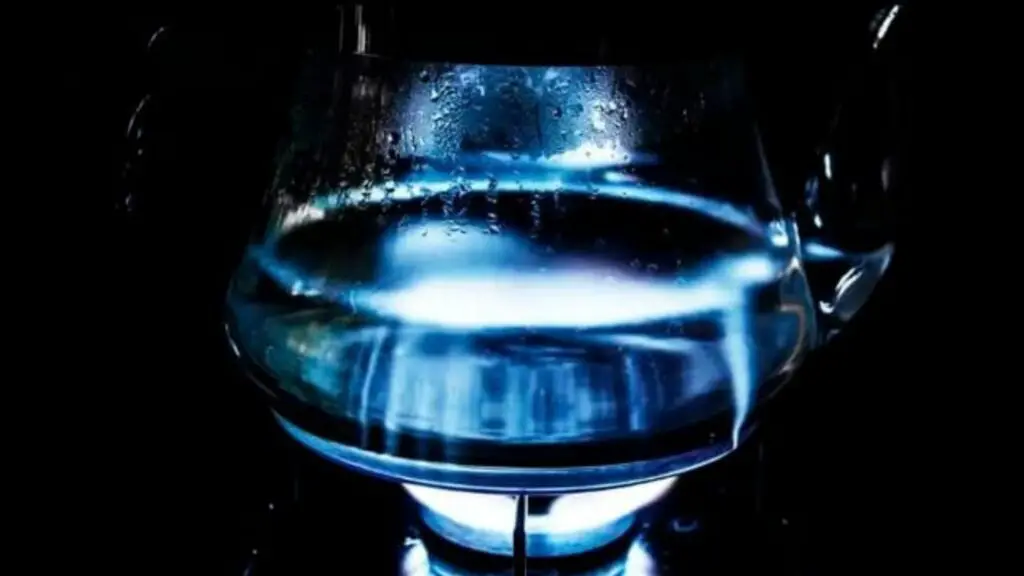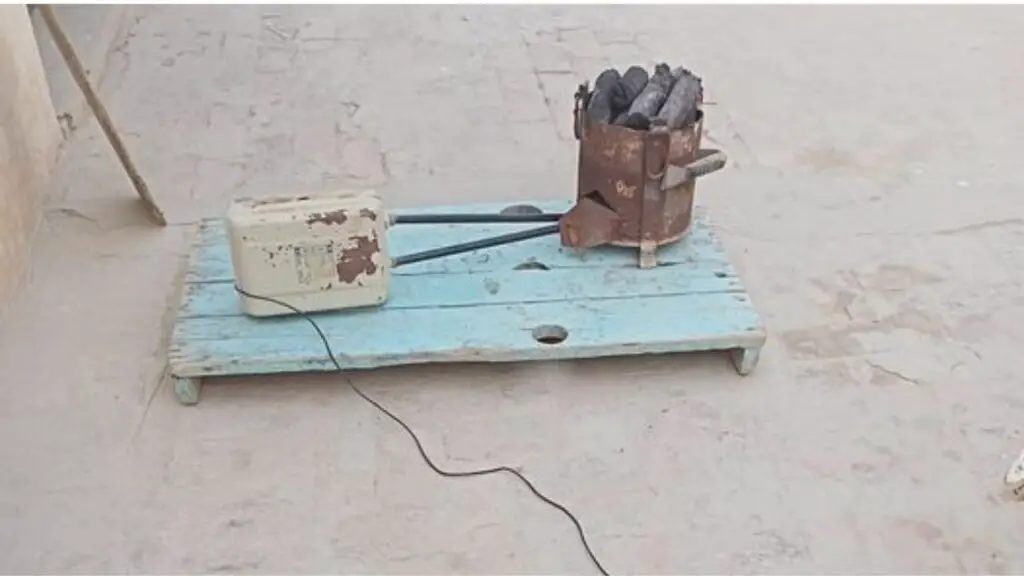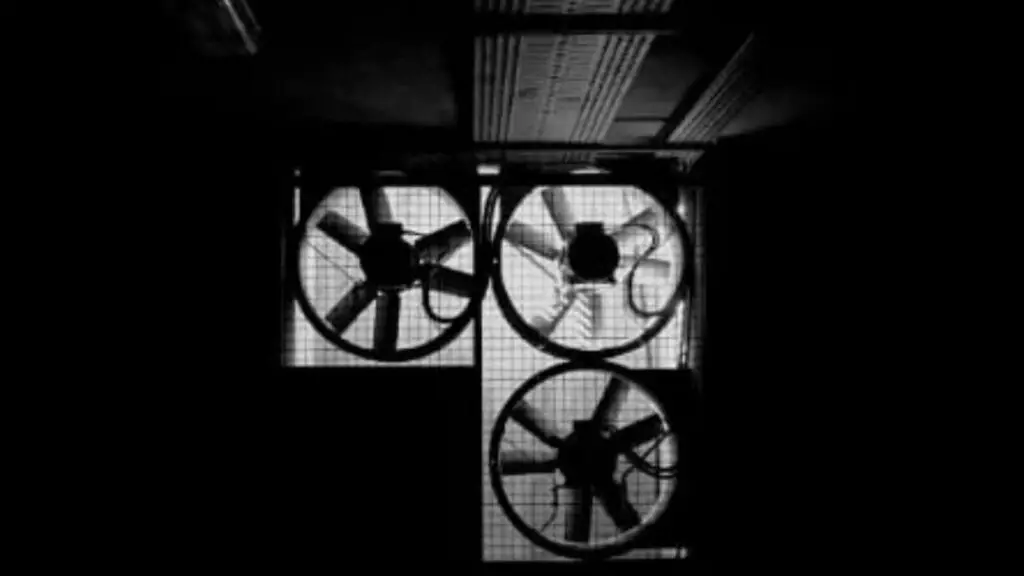The Nexus of Renewables to energy impediment is a defining expedition of how you can use renewables to generate heat sustainably. There are many ways you can learn and utilize to produce heat energy. These techniques and phenomena can easy to implement. Following are the few techniques that can be easily implemented. These postulates can be useful in homes and research laboratories. These techniques or postulates can lead to sustainable development.
Solar efficiency:
In My latest experience, solar cookers are great when they are big enough to do the cooking task in a reasonable amount of time. You can cook in the summer to cook lunch and dinner for 20 people. it’s nice to have a no-fuss oven that needs little tending. Solar cooking is certainly more comfortable when cooks don’t have to deal with a hot fire on summer days. You can used stored solar energy in the winter (biomass) and direct solar energy (sunlight) in the summer for cooking, heating water, etc.

Solar cooking:
In a solar oven with the firepower of one pound of wood (burned in an hour) the intercepted sunlight should be about 6′ by 6′. This is the measurement at the top edges of the solar reflectors. The widest part of the cooker. About 1/3 of the energy cooks the food and about 2/3rds of the energy is lost. In our 6′ by 6′ solar oven, 3,000 BTUs would boil 2 gallons of water in about an hour. The lightweight pot is black, it has a tight lid, the oven is well insulated, and airtight. The glass is double glazed. The losses are minimized and the solar gain is optimized with large reflectors on all sides. Large amounts of food can be made every sunny day without using up any earthly resources. its a best example to understand nexus of renewables.

Stove Implications:
When building and test stoves I often reflect on gentle advice that helped to improve the stove. In a 2-pot horizontal stove, channel gaps around the pots that are 0.75 constant cross-sectional area. That are a good compromise between maintaining needed draft and increasing heat transfer efficiency. The cross-sectional area of the fuel entrance in the Rocket combustion chamber. It was about 16 square inches so we made the channel gaps all the way to the chimney at 0.75 times 16 square inches. That’s all may help everyone to get a good stove or fire chamber within nexus of renewables.

Promoting clean solution
Providing clean energy to households is critical to achieving global climate and sustainable development goals. Smoke from fireplaces, cookstoves, and lighting is responsible for more than half of human-made black carbon emissions. The millions of premature deaths from household air pollution is also alarming.

Home Stoves effects
If stoves pollute the home, they certainly will in the fields. It had estimated at least 3 times more. Commercially available biomass cookstoves that meet World Health Organization standards are very rare. We should try to continue to be committed to doing research and development. To get the needed new stoves to market so that field studies will show success in sales, protecting health, saving wood, and making cooks happy.

Start Research on the nexus of Renewables
The Water Boiling Test (WBT) measured in the lab how much wood was used at full power and when simmering water. The writers of the International Testing Standards defined the purpose of the WBT. While it does not correlate to actual stove performance when cooking food. It facilitates the comparison of stoves under controlled conditions with relatively few cultural variables. Another test Kitchen Performance Test (KPT) measured fuel use in actual households, and the Controlled Cooking Test (CCT) was a bridge between the WBT and the KPT. The Controlled (or Uncontrolled) Cooking Test to develop stoves with local committees. In this test, locals cook with their own fuel, pots, and cooking practices. So hopefully at Regional Testing and Knowledge Centers under the total capture emissions hood. Using the WBT in the lab or home has been a good tool to improve heat transfer and combustion efficiency. its a better way to understand the nexus of renewables. The cooks, marketers, manufacturers, and funders in the project have to make the stove. It must work for users. They are experts.

Concepts of JET FLAME:
The Jet-Flame was developed from combustion concepts of combustion in fluidzed beds. In its most basic form, fuel particles are suspended in a hot, bubbling fluidity bed of ash and other particulate materials (sand, limestone etc.). Through which (under air) jets of air are blown to provide the oxygen required for combustion or gasification. The resultant fast and intimate mixing of gas and solids promotes rapid heat transfer and chemical reactions within the bed.”

Inside & outside air quality
Here in rural Areas of Cholistan, unfortunately, smoke pours out of chimneys all day and night. As folks stay warm with wood especially in winter was. Heating stoves can be very smoky! The airtight chimney and stove get essentially all of the smoke outside of the building. The concentrations are and the stove gets essentially all of the smoke outside of the building where concentrations are diluted. Now, of course, trying to combine high combustion efficiency with effective chimneys. We need to protect the quality of the outside air, as well. The combination is intended to protect indoor and outdoor air. If the outdoor air is polluted it is less effective in lowering harmful concentrations. Combustion efficiency is always great. it protect health it must increase when the outside air quality is degraded.

Heat & Combustion:
The combustion of wood and other raw biomass is very complicated but can be broken down crudely as shown in image below. The solid is heated to about 100ºC. The absorbed water is boiled out of the wood or migrates along the wood grain to cooler areas and re-condenses. At slightly higher temperatures, water that is weakly bound to molecular groups is also given off. Heat transfer through the wood is primarily by convection.”

Indoor sustainable solution of renewables
Venting emission targets is a necessary and ever-present goal. At the same time, wood-burning stoves can be improved in many other ways. Improving the smoky mud stove to use less fuel is not a complete cure but is very helpful, benefitting the user who either pays for the fuel or has to collect it. The functional chimney makes a tremendous difference by sending smoke and gas out of the kitchen, making it a more pleasant and healthy environment in reflection of the nexus of renewables.

Iso standard Compliance nexus of renewables
ISO 19867-3 reports that studies of air exchange rates have found a lot of variation in ventilation, from 4 ACH in very tight buildings to 100 ACH outside in the fresh air. At 100 ACH, with so much dilution occurring outside, achieving Tier 4 for PM2.5 and CO is easier. In our experience, the most successful and cost-effective interventions are situation-dependent. We find that a combination of approaches to protecting health enables welcome adaptability to the actual and interwoven circumstances.

Ventilation effects on indoor sustainability:
By doubling the air exchange rate cuts pollution (PM2.5 and CO) in half. In a low ventilation situation, 10 ACH(air change per hour) Tier 4 requires that the emissions of CO are lower than 2.2 grams per megajoule delivered to the pot (g/MJd). But in a higher ventilation condition (30 ACH) the stove can be three times dirtier, emitting up to 7 g/MJd, and still be in Tier 4. Cooking outside is often employed by the cooks we work with because smoke is bothersome and unhealthy.

Carbon Neutral & Fan box idea
Burning wood, agricultural waste, or even cow dung is a carbon-neutral energy source & also start a fire without making a lot of smoke. Fan Box or jet flame in a metal skirt around a cooking pot can help with fuel efficiency. This leads to generating carbon-neutral stoves & combustion chambers for households and industries.

Filters to Fire Chambers
Generally, filtration can work very well to capture dust and smoke with reported efficiencies of up to 99%. Catalytic converters are placed into the hot exhaust path where temperatures are hot enough (above 426°C). They work well with CO (30% to 95%) but not so well to remove PM2.5 (30% to 40%) (Hukkanen, et al., 2012). The Swiss electrostatic precipitator (ESP) called the OekoTube has been measured to reduce PM2.5 by 80.2% to 97.7%. However, as in industrial uses, routine cleaning is necessary to remove creosote and other coatings that interfere with proper function. Unlike filters and catalytic converters, the low wattage ESP does not reduce the draft in the stove, which could be potentially advantageous also for the nexus of renewables.

Stoves evaluation & Solutions
When cooking stoves are tested in the field the emissions of PM2.5 and CO are often higher than lab results. The wood can be wetter, the fire is made with less attention, and many real life variables create higher levels of pollution. It’s hard to imagine that unvented cookstoves for indoor use can be invented that will protect health when too much wet fuel is pushed quickly into the combustion chamber. Clean burning stoves require clean fuel just like automobiles. The sticks of wood need to be relatively dry and the metering of the sticks into the combustion chamber cannot happen too quickly. Adding a chimney is not always a possibility. In these cases, it is helpful to better understand the nexus of renewables move cooking out of the closed kitchen, for example under a veranda in the open air. Increasing air exchange rates by cooking under a veranda has been shown to dramatically lower concentrations of harmful PM and CO.

Barrel & Jet-Flame to renewables:
The Barrel with Bottom jet flame achieves around 1-2mg/min PM2.5 at high power without an appreciable amount of residence time, as seen below. The jets of forced air create a downward flow of flame but there is only 107cm between the top of the fuel bed and the bottom of the pot when starting the stove. when temperatures are around 900°C the near-complete combustion of CO and PM requires only short residence times of 0.5 second. During such conditions, the residence time in the post-combustion zone is of minor importance for minimizing the emissions of products of incomplete combustion. For optimal results, a residence time of 0.5 seconds is suggested.The Barrel with bottom jet flame is clean burning at 950°C with very limited combustion time. Perhaps the combination of
- Metering the right amount of wood-gas into the combustion zone
- Coupled with molecular mixing
- At around 950°C reduces the need for
- Longer combustion times.

Jet flame in stoves:
The Jet-Flame is used with a Three Stone Fire the jets of air blow up into the made charcoal improving the mixing of woodgas, air, and flame in a zone of intense heat. The combination of molecular mixing, higher temperatures in the combustion zone, and sufficient residence time results in dramatically reduced emissions and higher temperatures delivered to the cooking pot.

Conclusions
As nowadays there is ongoing momentum on how to mitigate climate change, global warming and other issues of energy generation sustainability. These above-mentioned hacks have the potential to get the maximum result in policymaking. By understanding the point that we all can together save our environment. Starting from home or kitchen, By implementing these implications in fields, agriculture, in production of heat or another form of energy whether small or at a larger scale. if one’s starts on their own there will her a huge change in saving our environment. Adopting Sustainable development will eventually result in a better world. The energy resources and other reservoirs can be better utilized and will be a gift for upcoming generations. The purpose of the nexus of renewables to energy impediment is a part of the moment that is ongoing in the world for having the world in better hands or actually saving the world.
to get more related Articles & Blogs try Out Now https://biofuelspk.com/indoor-sustainability/
Get free E-Books https://farimusicia.systeme.io/d549f1f8




